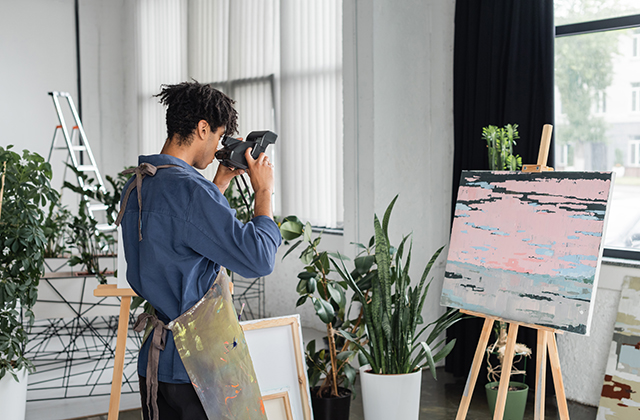In the realm of education, where the conveyance of complex ideas and concepts can often be a challenging task, the role of storyboarding emerges as an invaluable tool. Combining creativity with strategic planning, storyboarding facilitates the seamless delivery of educational content, captivating students’ attention while enhancing comprehension. As educators delve deeper into the intricacies of this craft, they unlock the transformative potential of visual storytelling in the classroom. In this article, we explore the art and science of effective storyboarding in education, shedding light on its significance and providing insights into its implementation.
Storyboarding, at its core, is the process of visually organizing a narrative or lesson plan through a sequence of sketches or images. It serves as a roadmap, delineating the flow of information and guiding the progression of learning activities. By breaking down complex topics into digestible segments, storyboard artists create a cohesive structure that facilitates understanding and retention. Whether used in traditional classrooms or digital learning environments, storyboarding offers a versatile framework for educators to communicate ideas effectively.
One of the key advantages of storyboarding in education lies in its ability to cater to diverse learning styles. Visual learners, in particular, benefit significantly from the incorporation of images and diagrams into lesson plans. By leveraging the power of visual stimuli, storyboard artists engage students on a deeper level, fostering active participation and stimulating curiosity. Furthermore, the use of storyboards enables educators to adapt their teaching methods to accommodate varying academic abilities, ensuring that all students have the opportunity to thrive.
Moreover, storyboarding encourages collaboration and critical thinking among students. When tasked with creating their own storyboards, students are prompted to analyze information, identify key concepts, and synthesize ideas into a coherent narrative. This process not only enhances their comprehension of the subject matter but also cultivates essential skills such as problem-solving and communication. Additionally, collaborative storyboarding projects promote teamwork and peer-to-peer learning, fostering a sense of community within the classroom.
Incorporating technology into the art of storyboarding opens up a myriad of possibilities for educators. Digital tools and software platforms offer storyboard artists a wealth of resources to enhance their creations, from dynamic animations to interactive multimedia elements. By harnessing these technological innovations, educators can create immersive learning experiences that captivate students’ imagination and cater to their digital-native sensibilities. Furthermore, digital storyboarding enables seamless integration with online learning platforms, providing educators with the flexibility to adapt their teaching methods to evolving educational landscapes.
However, effective storyboarding in education extends beyond the mere arrangement of visuals; it requires careful consideration of pedagogical principles and instructional design strategies. Before embarking on the creation of a storyboard, educators must first establish clear learning objectives and identify the target audience. By aligning the content of the storyboard with specific educational goals, educators ensure that every visual element serves a purpose in advancing student learning. Additionally, incorporating elements of storytelling into the storyboard narrative adds depth and resonance, fostering emotional engagement and making the learning experience more memorable.
Furthermore, evaluation and iteration are essential aspects of the storyboarding process. By soliciting feedback from students and peers, educators can identify areas for improvement and refine their storyboards accordingly. Additionally, ongoing assessment allows educators to gauge the effectiveness of their storyboarding efforts and make adjustments as needed. By embracing a culture of continuous improvement, storyboard artists can enhance the impact of their visual narratives and elevate the quality of education in the classroom.
In conclusion, the art and science of effective storyboarding in education represent a powerful tool for educators seeking to enhance student engagement and comprehension. By leveraging visual storytelling techniques, storyboard artists create immersive learning experiences that cater to diverse learning styles and foster collaboration and critical thinking. Through careful planning and pedagogical insight, educators can harness the transformative potential of storyboarding to create meaningful and memorable educational experiences for their students. As technology continues to evolve, the role of storyboarding in education will undoubtedly expand, opening up new possibilities for innovation and creativity in the classroom. Learn how to collaborate with experience storyboard artist.
